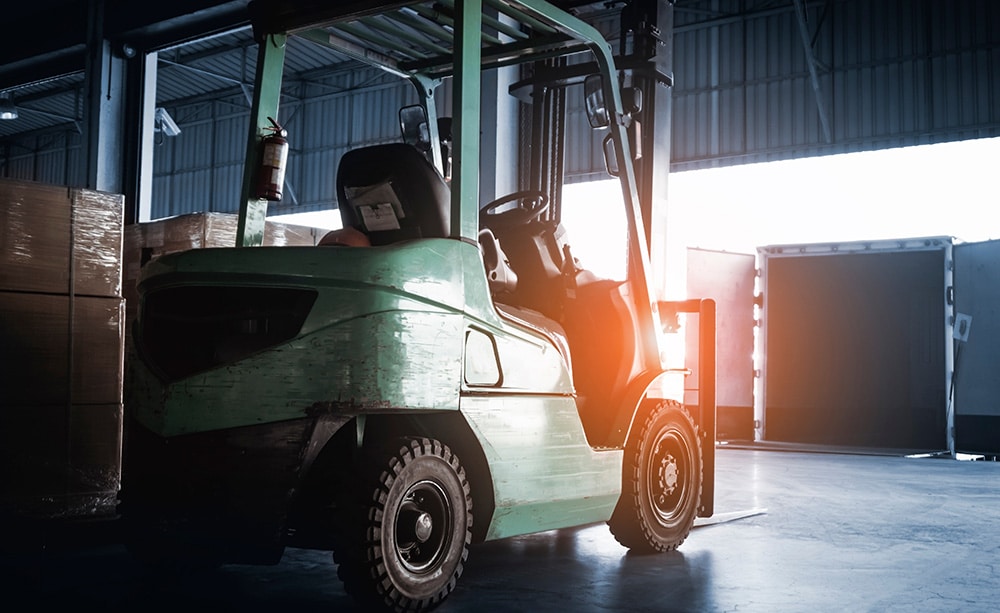At last month’s Modex Show, MHI and Deloitte released their 2018 Annual Industry Report (download here). The yearly study examines the key technological innovations driving “NextGen” supply chains and how adoption barriers to technology can be conquered.
Ten interesting facts and figures from MHI’s Annual Report
1. The eleven key supply chain technologies driving innovation are cloud computing and storage, sensors and automatic identification, inventory and network optimization, robotics and automation, wearable and mobile technology, internet of things, predictive analytics, 3D printing, driverless vehicles and drones, blockchain and artificial intelligence.
2. Top challenges in the logistics and supply chain operations include customer demands (73%), workforce shortage (64%) and forecasting (50%).
3. 44% of supply chains are increasing their investments and budgets for emerging technologies with 20% planning to spend more than $5 million over the next two years.
4. Companies are preparing their labor for new advancements. 46% are training the workforce to use new technologies while the same percentage is even recruiting talent with different skillsets to align with future technology and needs.
5. See figure below from the report projecting the 2023 adoption rates for each emerging technology. While only 6% are using it today, AI is expected to jump to 47% adoption over the next five years. Existing technologies like wearable tech, IoT and predictive analytics will see adoption growth of approximately 50, 57 and 63%.
6. High customer demands are not just limited to customer-facing industries like retail and ecommerce. Faster (and cheaper even free) distribution is expected for all supply chain and logistic operations. Supply chains of the future will have to be always-on.
7. To that point, the report says supply chains with the most agility and customer transparency will thrive. Customers are expecting new levels of flexibility and visibility.
8. 53% of survey respondents think artificial intelligence/machine learning, a new technological category in this year’s survey, will be a source of disruption in the industry. 78% of people think this technology will heavily impact logistics in the next ten years.
9. The three biggest barriers for adopting supply chain technologies are making the business case for investment, tackling the labor skills gap and security.
10. As Randy V. Bradley of University of Tennessee says, “There is no one solution that is likely going to create a major competitive advantage. It’s going to be the combination, the amalgamation of these things and the complementary effects they have on one another, that will create a competitive advantage that’s sustainable.”






